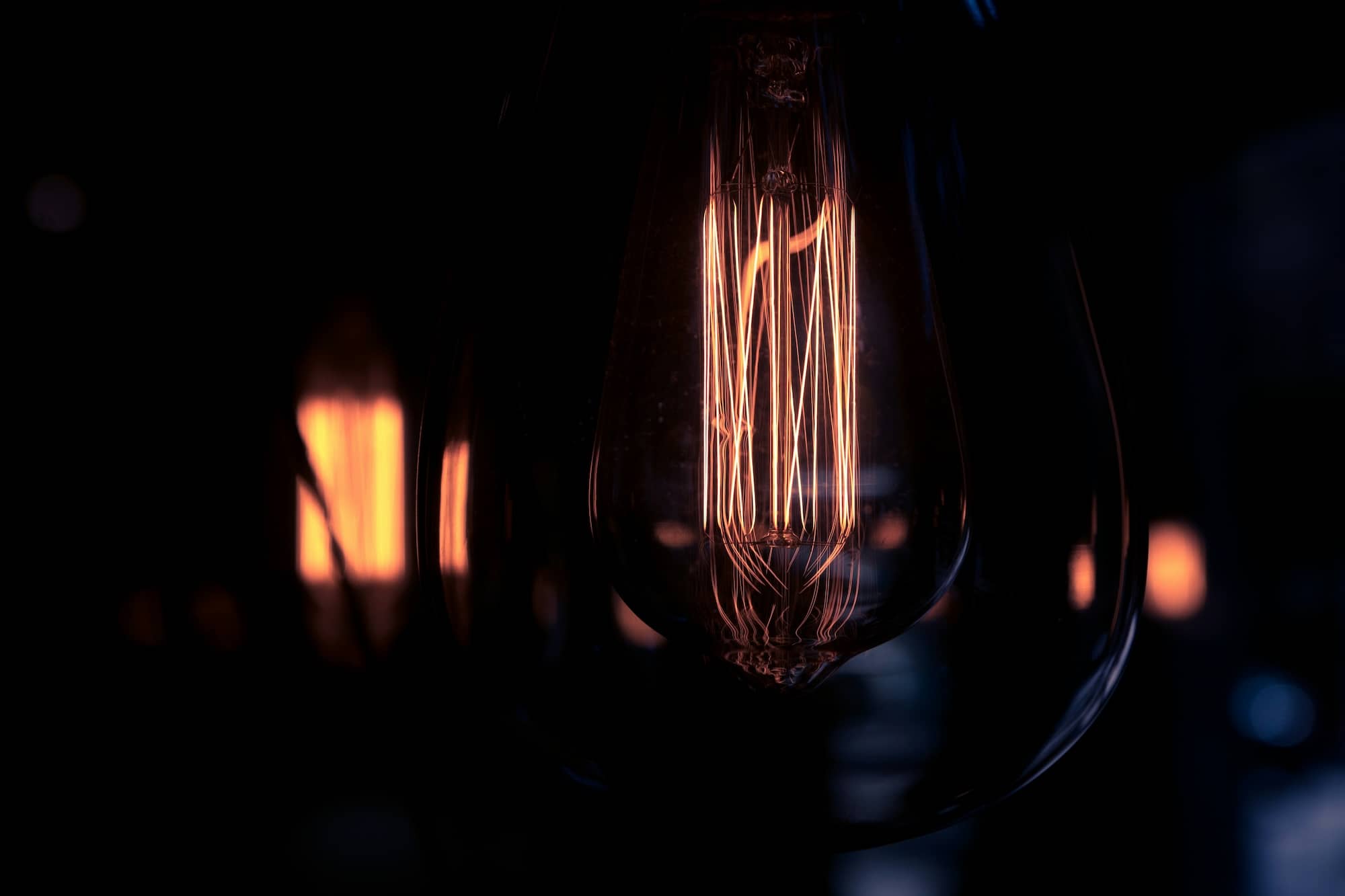The Evolution of Minimalism in Modern Design
Mar 8, 2024
In the dynamic realm of design, minimalism has emerged as a timeless and influential aesthetic, shaping the way we perceive and interact with our surroundings. This article delves into the evolution of minimalism in modern design, exploring its roots, key principles, and its impact on various creative disciplines.
From its origins in the mid-20th century, minimalism has transcended mere simplicity to become a powerful design philosophy. Rooted in the belief that less is more, this aesthetic has found its way into architecture, graphic design, and even lifestyle choices. The article examines how influential designers like Dieter Rams and architects such as Mies van der Rohe have left an indelible mark on the minimalist movement, influencing a generation of creators.
The Intersection of Form and Function
This section delves into the intricate relationship between form and function within minimalist design. By stripping away excess ornamentation, minimalist creations often highlight the essential connection between aesthetics and utility. Case studies of iconic minimalist designs, from the iPhone to the Barcelona Chair, demonstrate how form and function can seamlessly coalesce to create enduring and user-centric products.
"Minimalism is not about having less. It's about making room for what matters."

Sarah Mitchell
Senior Design Strategist
Sarah Mitchell, a seasoned design strategist, provides insights into the contemporary applications of minimalism in the ever-evolving design landscape. As technology advances and consumer preferences shift, Mitchell discusses how minimalism continues to adapt, incorporating sustainable practices, innovative materials, and cutting-edge technologies to meet the demands of a changing world.
Moreover, the article explores the psychological impact of minimalist design on individuals and society. From reducing visual clutter to fostering a sense of tranquility, minimalist environments have been linked to improved mental well-being. The discussion encompasses studies on the cognitive effects of minimalist spaces and how designers leverage these findings to create environments that enhance productivity and creativity.
In conclusion, the article paints a comprehensive picture of the evolution of minimalism in modern design, showcasing its enduring appeal and its ability to resonate across diverse disciplines. From its humble beginnings to its current applications in sustainable design and user experience, minimalism remains a potent force shaping the aesthetics of our world.



